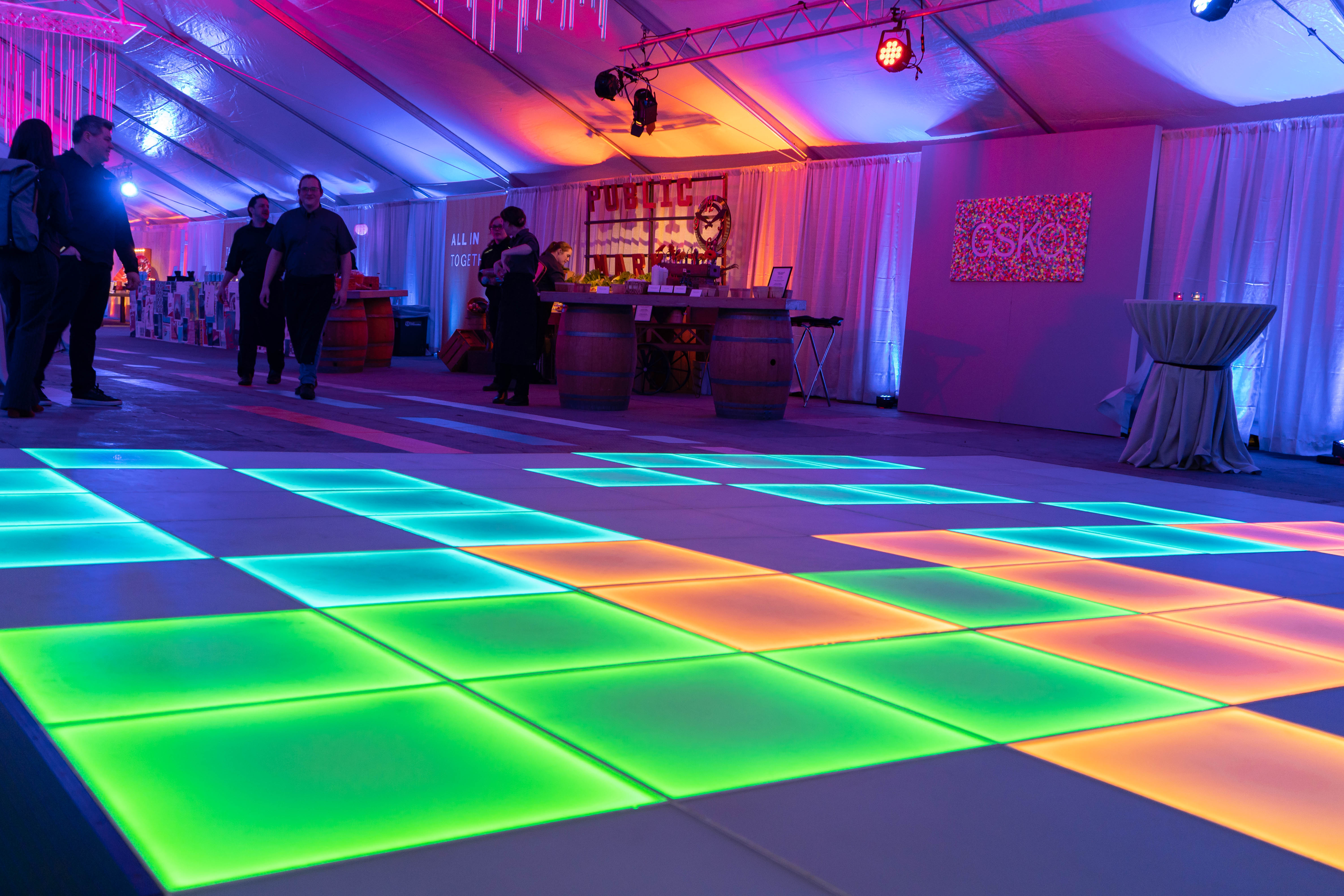
One of the key crucial aspects of maintaining for a rented dance floor is regular cleaning. Dust, dirt, and grime can build up on the top, making it hazardous and dangerous for performers. It is advisable to sweep or hoover the floor before and after every use. For thorough cleaning, a moist mop with a suitable cleaning solution can be used, but it is crucial to steer clear of excessive water, especially on timber floors, as this can cause warping. Using the appropriate cleaning agents is also vital; harsh chemicals can harm the surface and integrity of the floor. Always consult with the leasing company for visit their website recommended cleaning agents.
Another key factor in maintaining rented dance surfaces is correct installation and setup. Making sure that the surface is laid out correctly can avoid damage during use. It is important to follow the producer's guidelines for installation, which may entail using safeguarding underlayment or ensuring that the surface is even. If the floor is modular, ensure that all sections fit snugly together to prevent tripping risks. Additionally, using protective coverings during setup can help avoid scratches and marks from gear or furniture.
Temperature and moisture control also play a significant role in the maintenance of rented dance surfaces. Wood surfaces, in particularity, are vulnerable to fluctuations in the surroundings. High humidity can cause wood to expand, while low humidity can lead to splitting. It is advisable to maintain the dance space at a stable climate and humidity level. If possible, use humidity control devices or air conditioning to maintain a comfortable environment. This not only safeguards the floor but also improves the general experience for performers.
Finally, it is crucial to inform all participants about the proper use of the dance floor. Dancers should be cognizant of the kinds of shoes that are appropriate for the floor. For example, shoes with rubber soles can create too much friction on certain floors, while shoes with rigid soles may scratch the surface. Encouraging performers to prepare and recover correctly can also help prevent accidents and injuries. By fostering a culture of respect and consideration for the rented dance surface, participants can ensure that it remains in excellent condition for future events.